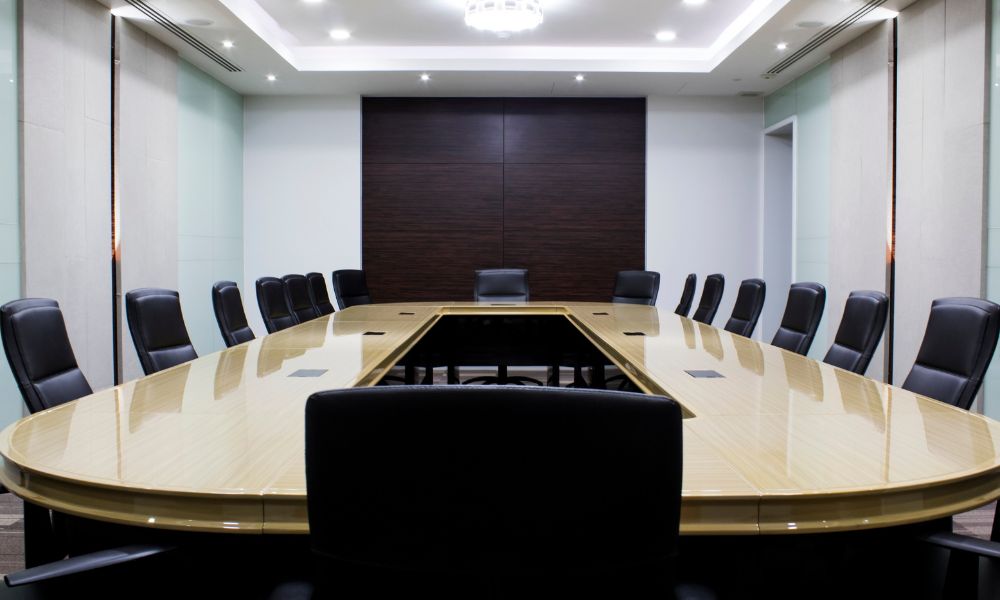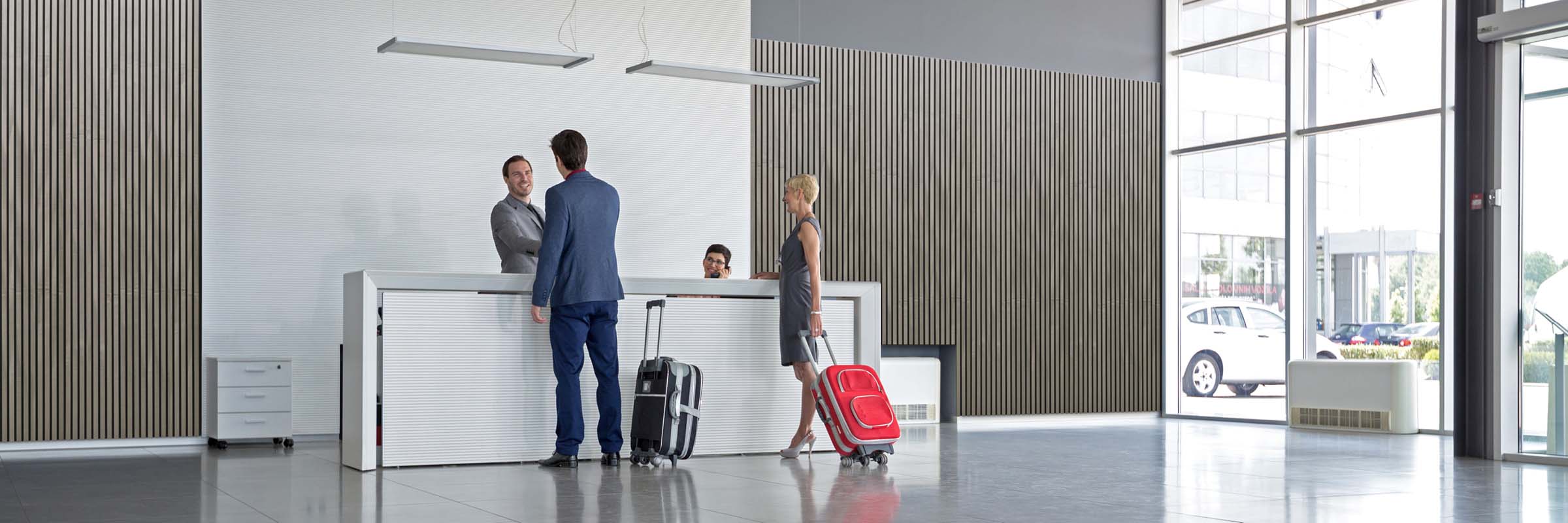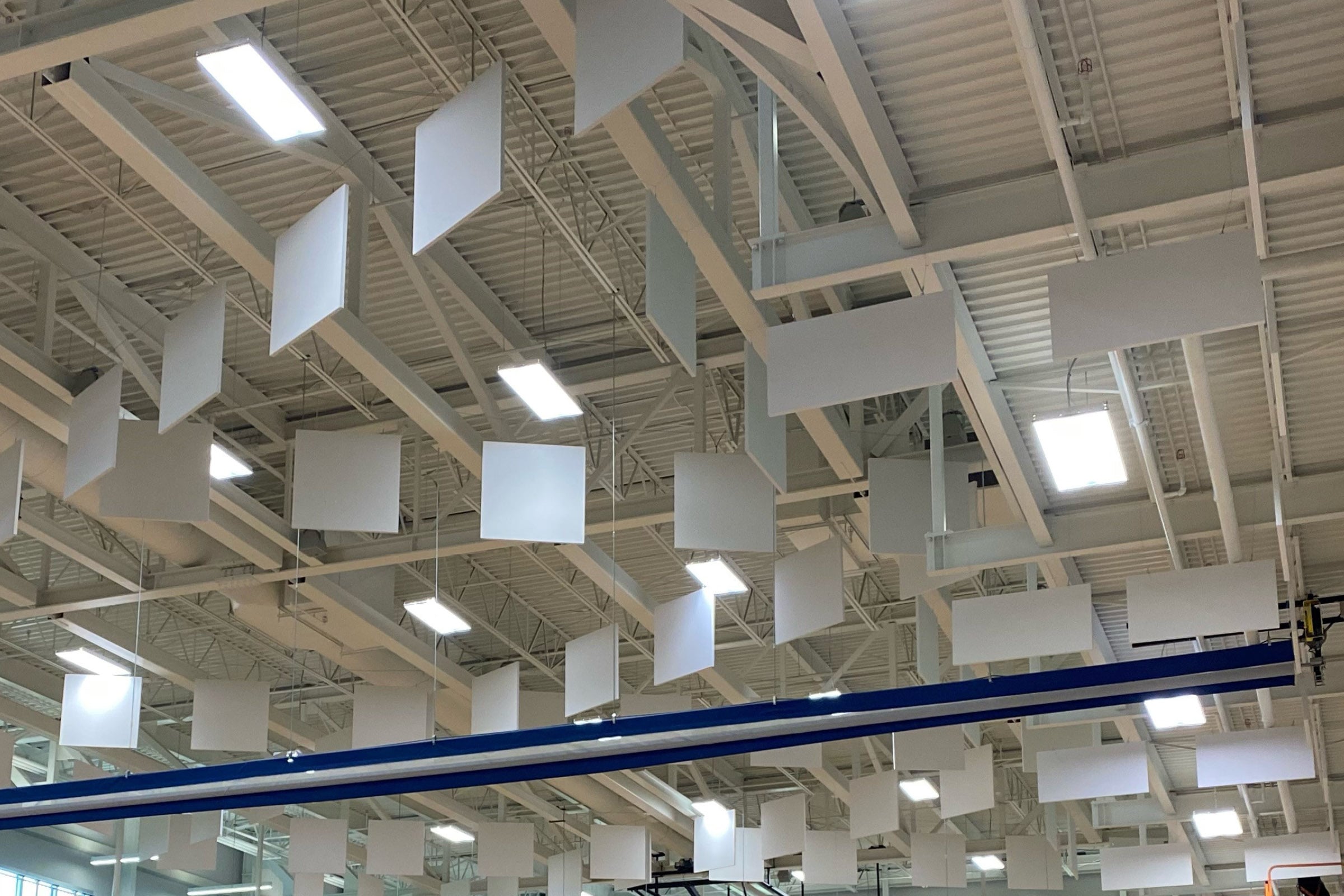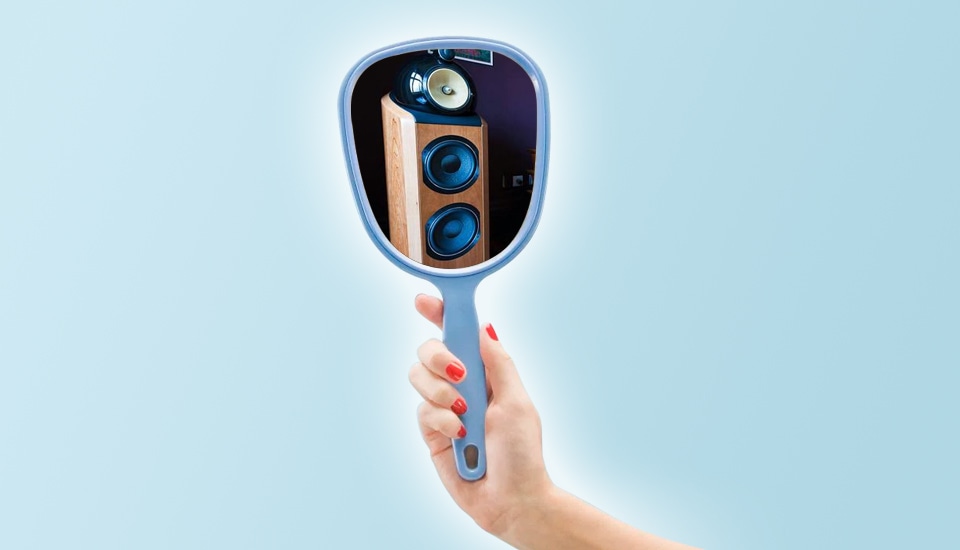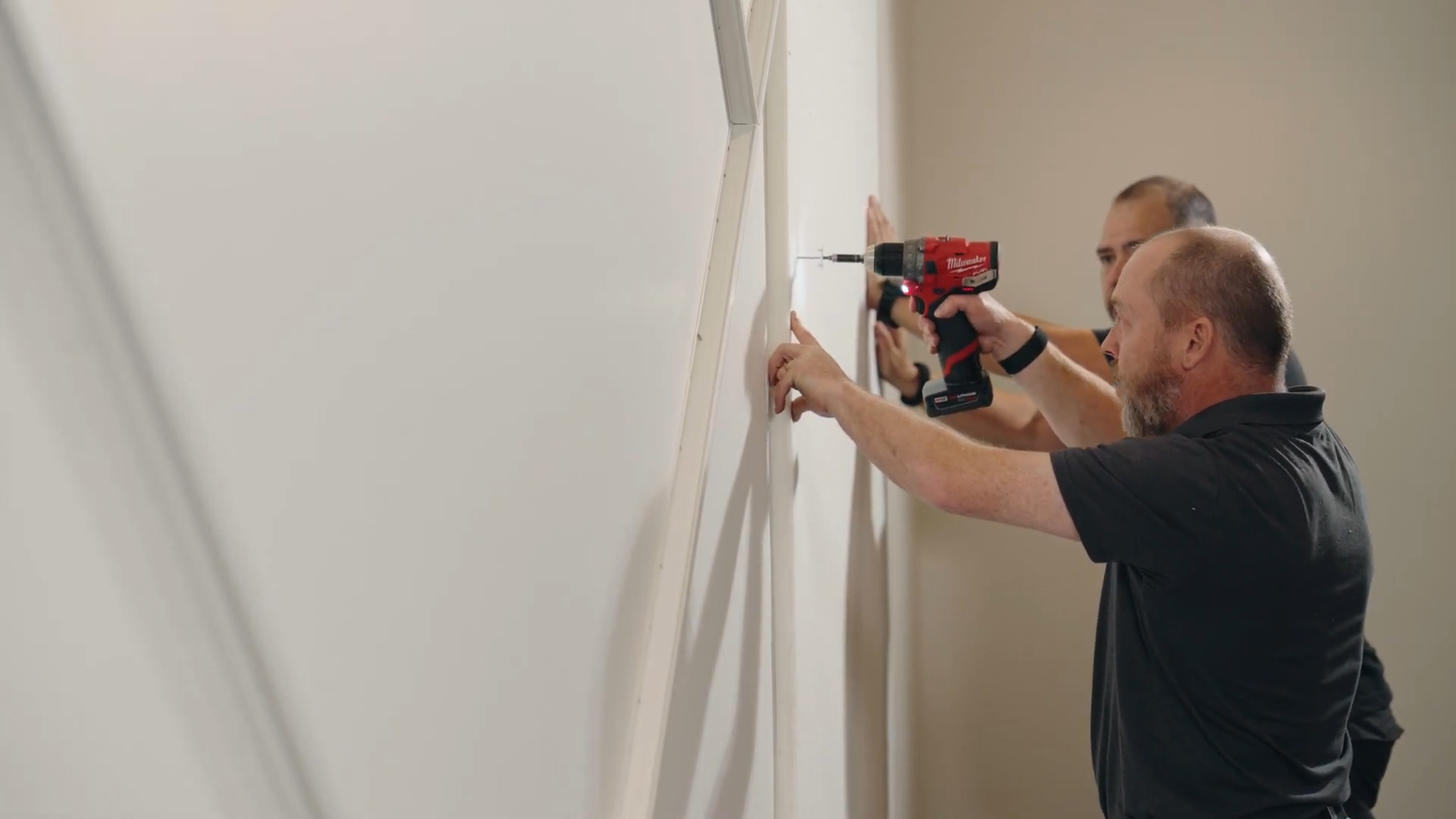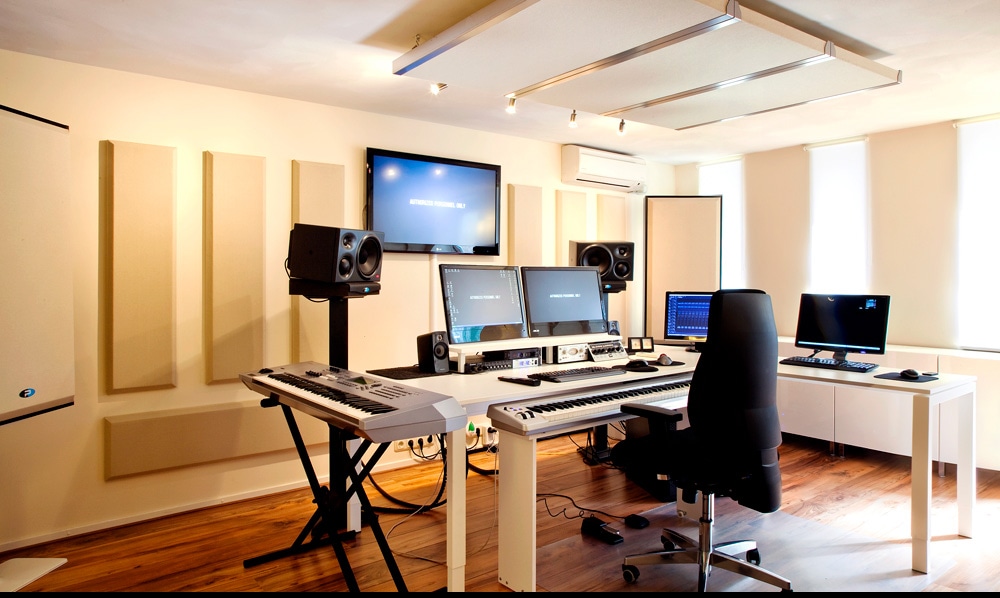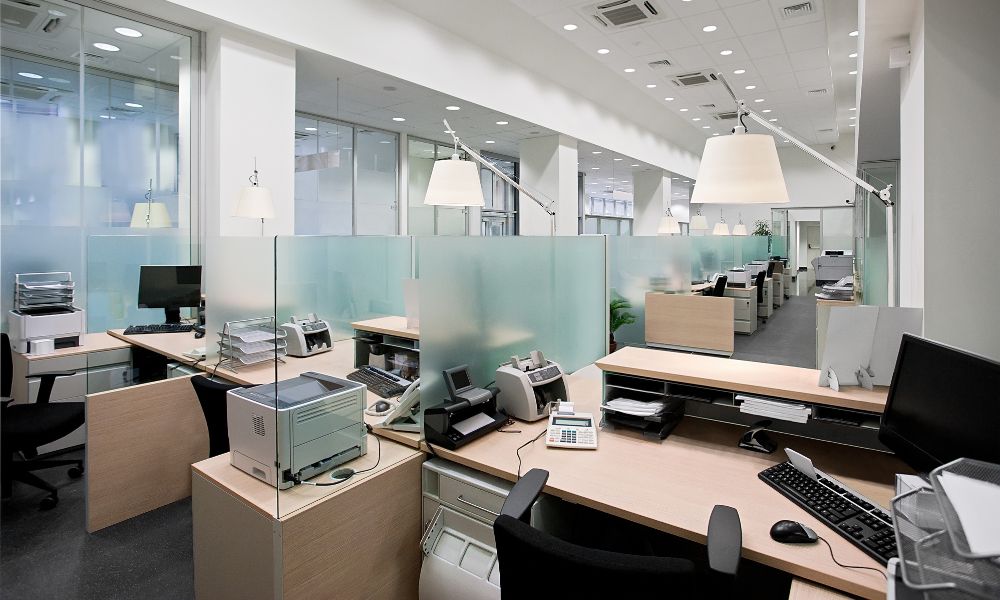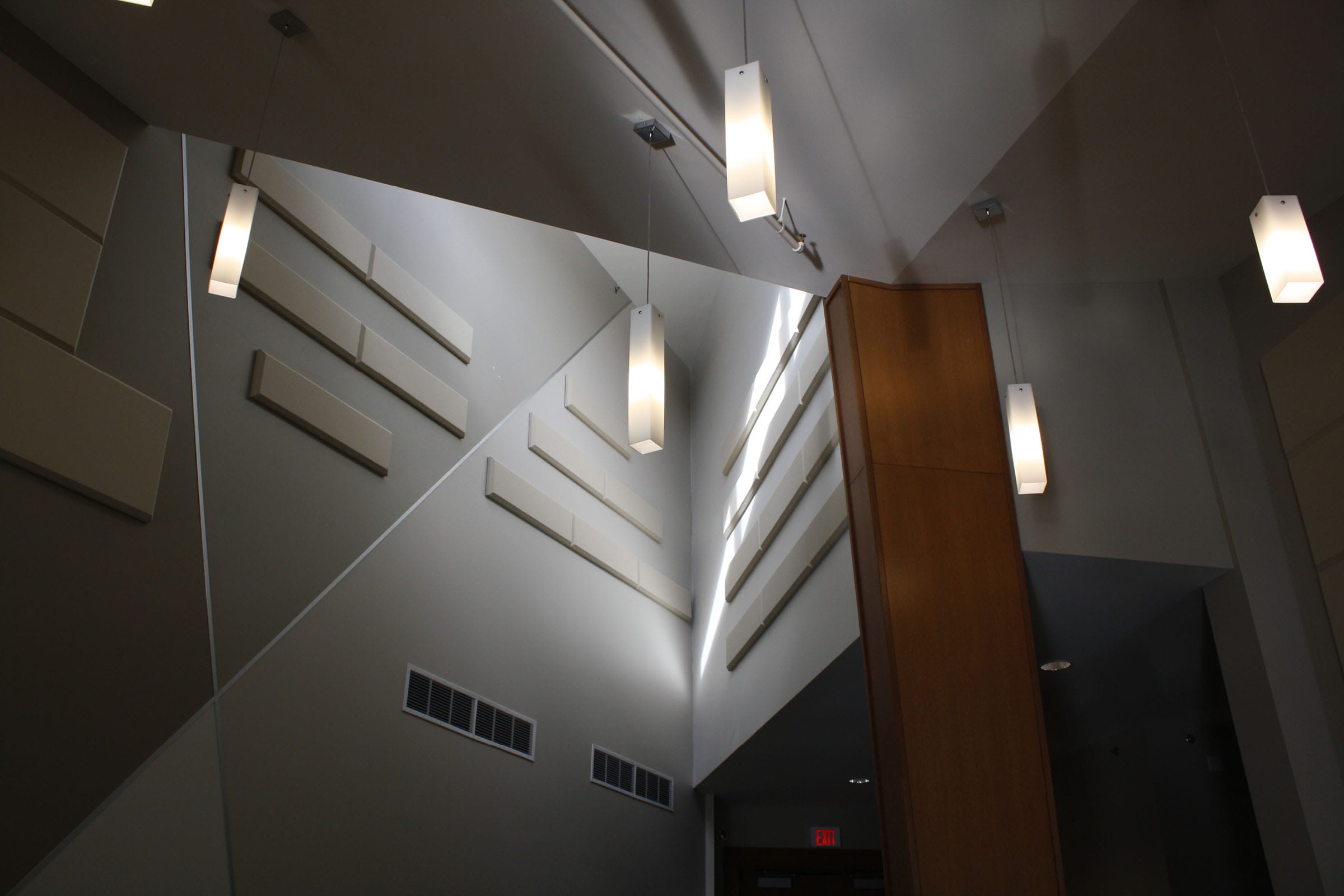If you’re tired of struggling to hear or be heard during important conference room meetings, you need to take a step back and consider making some changes. Poor acoustics can make communication difficult, lowering productivity and causing frustration. Fortunately, you can address this issue when you know how to improve conference room acoustics. There are actually several ways you can boost acoustics, creating a more productive and efficient workspace for your team in the process!
Choose the Right Furniture and Layout
The first step in improving conference room acoustics is to carefully select appropriate furniture and configure it in the optimal layout. Consider using soft materials such as fabric or carpet for chairs and wall coverings, as these can effectively absorb sound, creating a more conducive environment for discussions. However, it’s important to note that while the furniture and layout have a significant impact on the room’s acoustics, it’s not the only thing you should invest in.
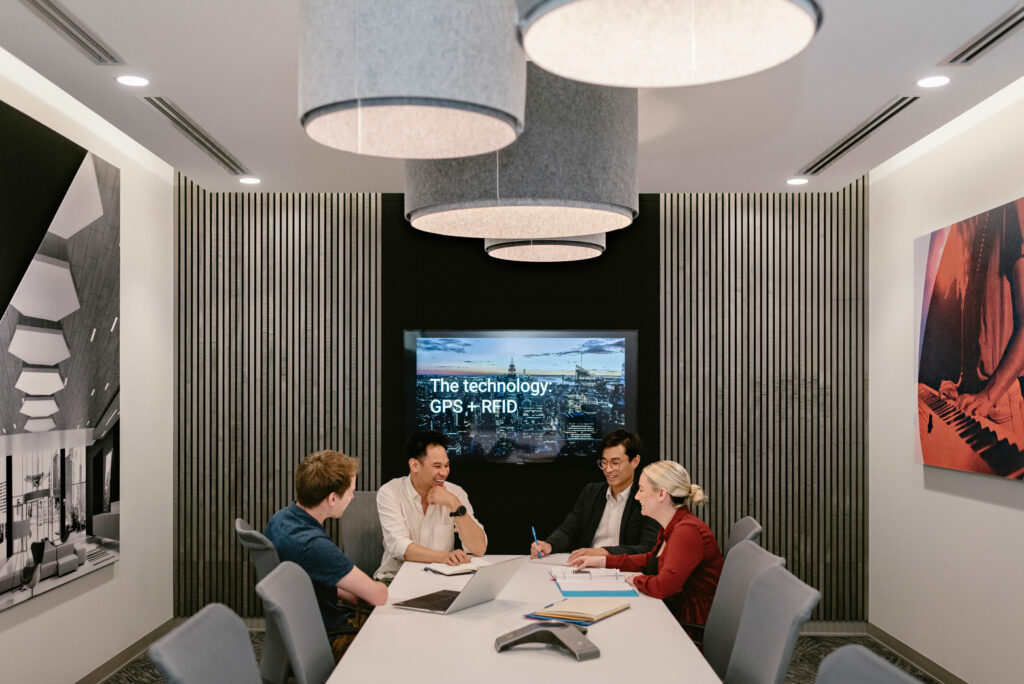
Invest in Acoustic Panels
Acoustic panels are another essential tool that helps absorb sound waves and minimize echoes in a room, creating a more pleasant auditory environment. By strategically positioning these panels on walls or ceilings, you improve the acoustics of your conference room and ensure that conversations are clearer, making them easier to hear and understand. This enhancement in sound quality can significantly elevate the overall meeting experience, fostering better communication and collaboration among all members of your team.

Use High-Quality Audio Equipment
Investing in high-quality audio equipment is crucial for ensuring clear and effective communication during conference calls and presentations. By upgrading to top-notch microphones and speakers, you can greatly enhance sound quality, creating an immersive environment that promotes active participation and engagement among all participants. An investment like this can help improve audio and sound indelibility in the conference room, but it also sets a professional tone for your meetings.
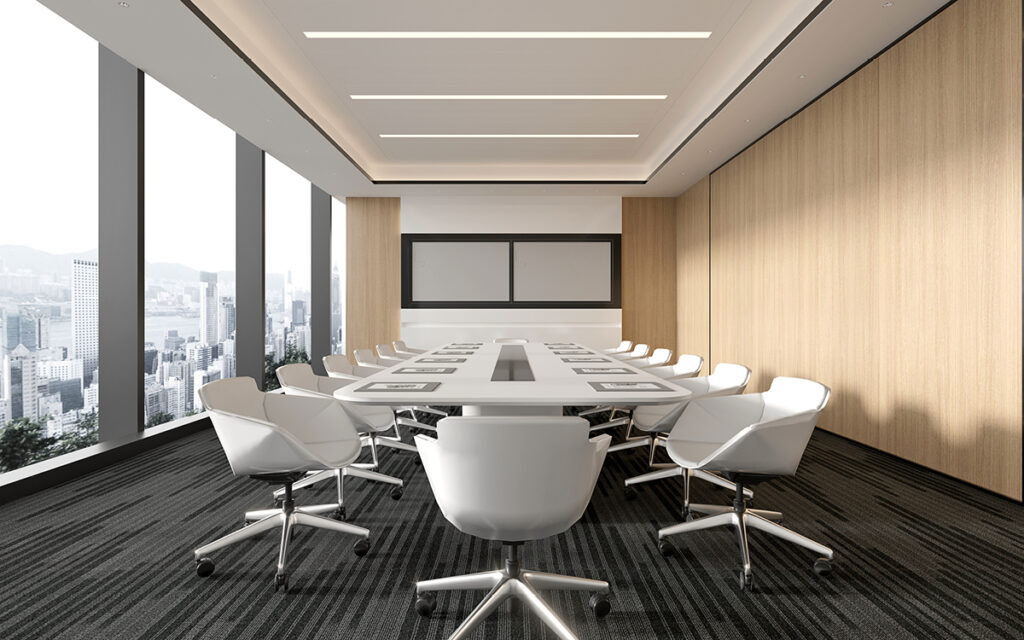
Bring in Softer Materials
Hard surfaces like tile or hardwood floors can contribute to excessive reverberation in a room. Introducing carpets or rugs can help dampen sound reflections, reduce echo, and enhance the overall acoustics of the space.
In addition to carpets, curtains or drapes can serve as effective sound-absorbing elements in a conference room. When you strategically place these materials in your conference room, you can improve acoustics and boost the aesthetics of your space at the same time.
When you incorporate these strategies and improve conference room acoustics, you can create a workspace that fosters clear and efficient communication among every member of your team. With the right furniture, acoustic panels, and upgraded audio equipment, communication is easy, and Primacoustic can help make that a reality. When you need sound-absorbing panels for office spaces, you need the experts at Primacoustic on your side.
